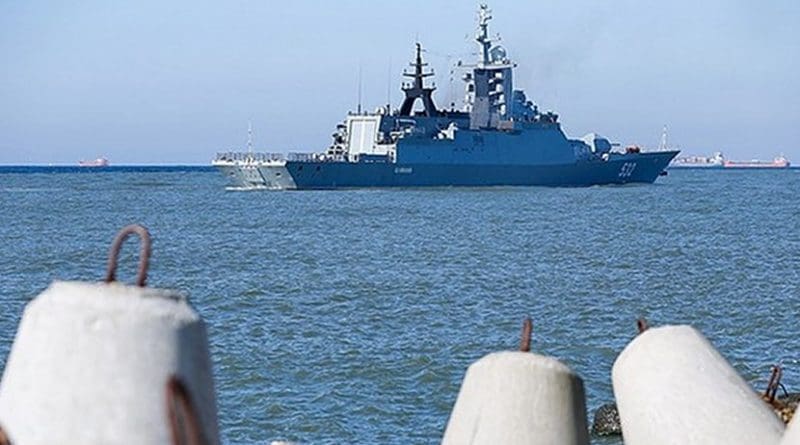Mixed Signals On The Russian Fleet And Its Future – OpEd
By Paul Goble
This week, Vladimir Putin celebrated what he described as a sizeable build-up in the Russian fleet to counter NATO’s threat. He said that the navy had acquired 23 new surface vessels, two submarines, three aircraft, four coastal missile complexes, and 480 new weapons (kremlin.ru/events/president/news/62228).
Moscow officials, defense industry officials, and security commentators all played this up as evidence that the Russian navy is back and ready to take on any opponent in the Arctic or anywhere else (thebarentsobserver.com/en/security/2019/12/russian-navy-2019-two-new-submarines-23-new-surface-vessels-and-480-new-kinds).
But even as Putin and his supporters were engaged in this act of boosterism, Russian military analysts were pointing to indications that the Russian navy isn’t in nearly as good shape as the Kremlin suggests and that the problems, related to funding, scheduling, and planning, seem set to continue well into the future.
Nezavisimaya gazeta argued that the Russian government doesn’t have the money to build even one aircraft carrier and its supporting ships and planes and either will have to do without or rely on its only carrier, the ill-fated Admiral Kuznetsov (windowoneurasia2.blogspot.com/2019/12/moscow-doesnt-have-money-for-even-one.html).
The Kuznetsov had been scheduled to return to the fleet in 2021, but now military analysts say that date is totally unrealistic. Indeed, they suggest that those who continue to claim that Russian naval yards are relying on technical developments for which there is not even any theoretical basis (svpressa.ru/war21/article/250943/).
The problem is that the drydock in which the refitting of Russia’s only carrier is supposed to be refitted and which sank earlier isn’t ready to receive the ship and won’t be for months. Defense industry officials argue they can repair the drydock and refit the ship at the same time, but no one has ever done that before or knows how to, experts say.
According to Mikhail Barabanov, of the Moscow Center for the Analysis of Strategy and Technology, the drydock must be repaired fist and then the ship refitted, something that will push back the completion of repairs on the Kuznetsov to 2023 if everything goes according to plan, something that hasn’t happened before (kommersant.ru/doc/4031913).
And despite continuing to claim the job will be finished sooner, shipbuilders have now signed a contract which admits as much. It has a higher price tag and, although it doesn’t specify a completion date, it is designed to carry the yards not just through 2021 but beyond (zakupki.gov.ru/223/contract/public/contract/view/subject-contract.html?id=7914667).
Thus, the state of the Russian navy looks very different in the yards where it is being built and on the seas where it is to be used than in the media coverage devoted to Putin’s latest triumph.

